A Review of Deep Secret
 Deep Secret, by Diana Wynne Jones
Deep Secret, by Diana Wynne Jones
Tor Books (383 pages, hardcover, March 1999)
Diana Wynne Jones was born August 16, 1934 and died on March 26, 2011. Various writers who knew her have made some excellent biographical posts; I especially recommend stopping by Neil Gaiman’s blog. I never met Ms. Jones myself, but I’ve been a fan of her work since I stumbled upon Howl’s Moving Castle as a teenager. Because of that, I thought perhaps I should review one of her novels this week; preferably something other than Howl’s Moving Castle, which is quite well-known.
Deep Secret is a typical Jones book: it’s complicated. Rupert Venables, junior Magid for Earth, has a number of problems which all seem to converge on him at once. The empire at the center of the multiverse is falling. The late emperor was a paranoid, unpleasant man who hid his heirs and executed them if they discovered their own identities. He also worshipped an evil thornbush goddess. Rupert’s mentor has died, and he has to find a replacement Magid and he hates the most likely candidate on sight. When he decides to simplify matters by gathering all the candidates at a speculative fiction convention, his very odd neighbor wanders through his spell and becomes wrapped up in it. Also, his mentor is now haunting his car and won’t stop playing baroque music.
Maree Mallory, most likely candidate for Magid, has her own set of troubles, albeit more mundane ones. She’s had a bad breakup, she’s broke and living with relatives who dislike her — all except her younger cousin Nick, who she finds charming but slightly amoral. She keeps having dreams about a horrible and insulting old lady who is somehow also a thornbush. And she keeps encountering a person she thinks of as The Prat, also known as Rupert Venables.
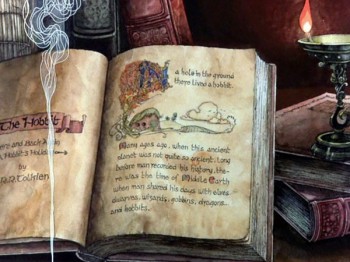 The Hobbit (NBC TV, 1977)
The Hobbit (NBC TV, 1977) I am in my mid-thirties and my wife is in her mid-twenties. The eight-year difference between us can be jarring at times, especially because I am a pop culture junkie and she grew up without cable television (and rarely watched the network television she did have access to, as I learned when I discovered she’d never seen an episode of The Dukes of Hazzard, even in rerun).
I am in my mid-thirties and my wife is in her mid-twenties. The eight-year difference between us can be jarring at times, especially because I am a pop culture junkie and she grew up without cable television (and rarely watched the network television she did have access to, as I learned when I discovered she’d never seen an episode of The Dukes of Hazzard, even in rerun).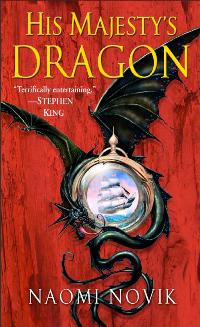 Oh, gosh! I’ve been reading Naomi Novik’s
Oh, gosh! I’ve been reading Naomi Novik’s 
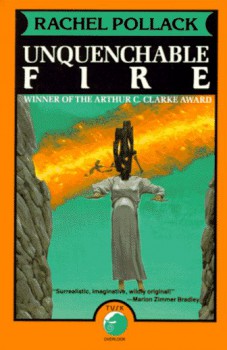 Unquenchable Fire, by Rachel Pollack
Unquenchable Fire, by Rachel Pollack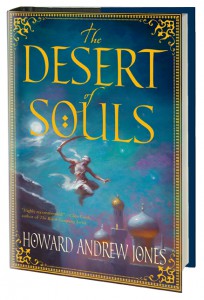

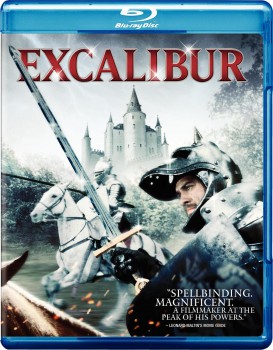 Excalibur (1981)
Excalibur (1981)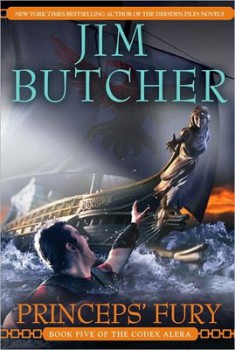 Princeps’ Fury
Princeps’ Fury